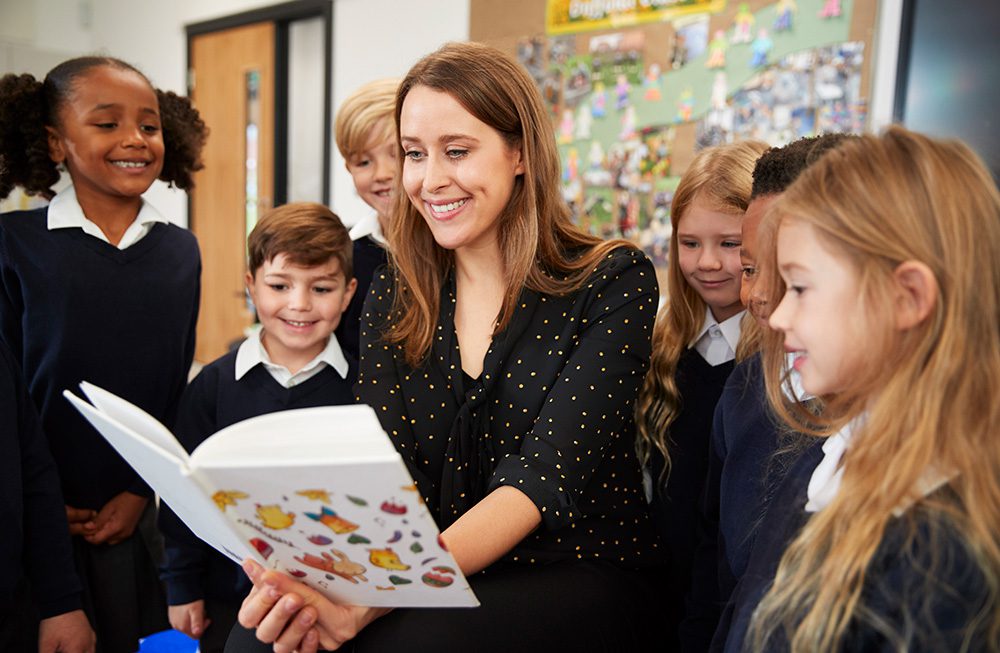I think we can all agree that reading is fundamental to a child’s future and academic achievement. Studies actually show that the amount of reading instruction that occurs in schools has actually increased in the last few years. However, “reading instruction” and “time to read” are actually two different things. While the time allotted for literature or ELA class may have increased, it does not necessarily follow that time in which students are able to actually read has also increased.
In order for our students to truly receive all the benefits a strong, literate life has to offer, it is imperative that we give them time to practice the different skills they are learning through their on their own.. In their book, “Reading Reconsidered”, Doug Lemov, et. al claim, “The time that we allocate to ‘reading’ is in fact spent talking about reading, say, or talking about topics brought about by reading. Less often is that time filled with actual reading.” If you’re saying to yourself, “Well I know my students get plenty of time to read because they have twenty minutes of DEAR time (Drop Everything And Read) everyday” then my next question for you is, how do you know they are reading? If you are reading this and say that your students are too below grade level to read on their own, my question then is, how can you scaffold their reading time so that they get some opportunities to listen to you or other peers read and still time to practice on their own? If you’re unsure how to answer either of these questions, I encourage you to read on.
Whole-Class Reading Ratio -3 Approaches
When it comes to a particular lesson, there are three different ways you can structure the reading that occurs, each serving different, but meaningful purposes. Below I will describe the purpose of each and then share ways you can incorporate them into your weekly instruction:
1) Children listening to oral reading: This is when the teacher reads a text or a portion of a text out loud to students. Often termed “Read Aloud”, this option is a great way for teachers to model fluent reading, it allows students to access and discuss text that may be above their reading level, and can help build a community around literacy.
2) Children reading aloud: This is when children in the class are chosen at random to read out loud. The approach allows individual students to practice their own fluency and gives teachers insight into how well their students are decoding and understanding text.
3) Children reading independently: The approach is when the whole class is reading the text on their own, silently.
Since each of the three approaches has its benefits and weaknesses, it’s considered best practice to try to incorporate all three throughout the week. When I would plan my lessons, knowing that I had a diverse group of students and remembering the importance of every child practicing reading independently, I would try to make it so at least one-third of each class period was dedicated to my students reading on their own. Now, that’s not to say there weren’t days where students would read on their own for a longer period of time, but I knew that the best way for me to see if my teaching was truly landing with my students would be to allow them to try it solo. That way, I could spend the majority of my time conferring with students and getting more individual data.
If a third of the lesson was dedicated to students reading on their own, the other two-thirds would be a split between the students reading aloud to each other and me reading a portion of the text with them. When deciding which approach to use, I would often let the text and the focus of the lesson guide me. For example, if I saw that there would be a portion of the text that would be confusing for students to understand, I may choose to read that part aloud and ask them some comprehension questions, or if the text is relatively simple and accessible to most students, I would use that as opportunity to call on a variety of students to read portions of the text to their peers. Switching it up this way kept class interesting and didn’t allow students to become complacent. They never knew what each lesson would bring!
Bottom line: In order for students to get better at reading, they need ample time to actually read on their own. Students in high school, college, and beyond are often expected to read copious amounts of often tough text, and by making a few tweaks to our daily lessons we can ensure our students are ready and prepared to take on all of those future challenges and opportunities.

